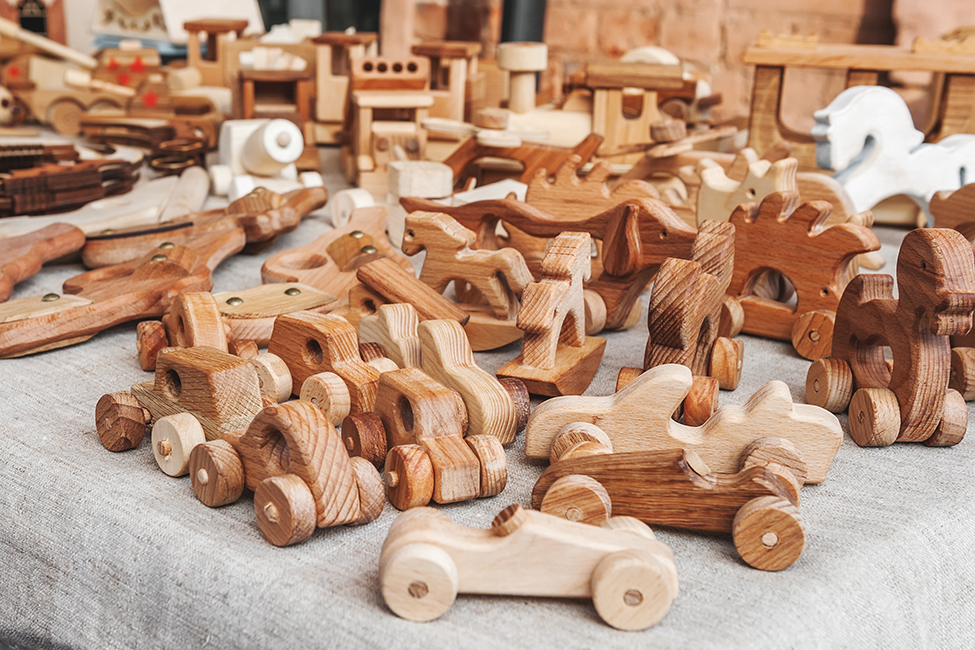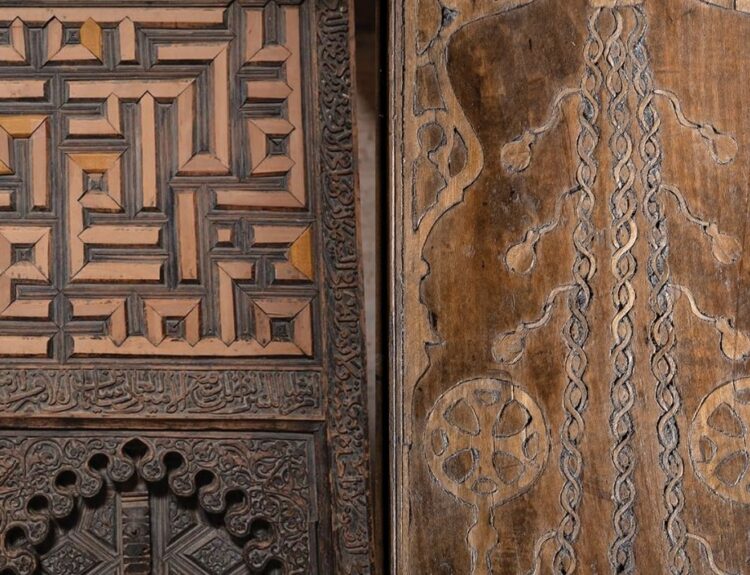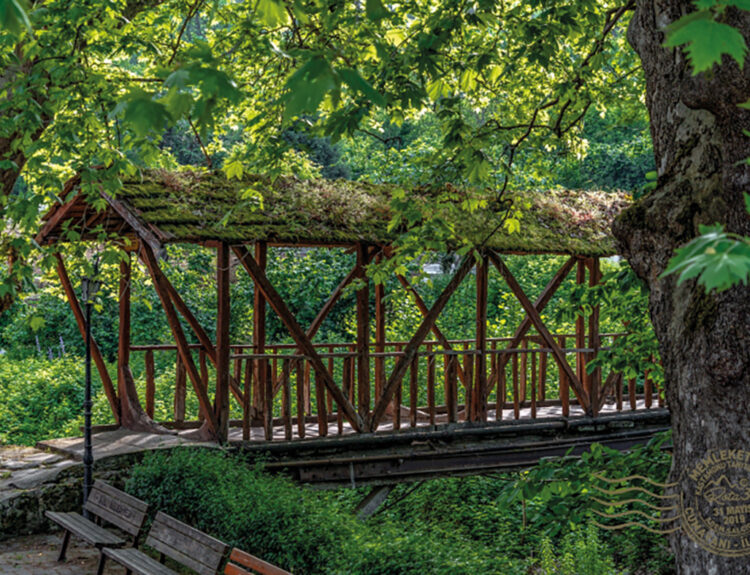Wooden toy making, which has a special place in Türkiye’s long-standing tradition of handicrafts, attracts attention both as a cultural heritage and a delicate craft. This art, which combines natural materials with handwork, shaped the world of children in the past and is now regaining its value with the understanding of sustainability and healthy living.
Wooden toy production has been kept alive for many years in different regions of Anatolia. The district of Taşköprü in Kastamonu, the district of Göynük in Bolu, and cities such as Tokat, Erzurum, Uşak and Manisa are prominent locations in this field. The history of wooden toy making in Anatolia dates back thousands of years. Archaeological findings indicate that wooden figures were used in children’s games as early as the Hittite period. During the Ottoman period, wooden toys were both handmade by parents at home and sold by specific craftsmen in markets, particularly in rural towns. Toys such as spinning tops, wooden horses, jingling animal figures, and wheeled carts played an important role in children’s lives, combining both educational and entertaining aspects.
Gaining popularity again with the concept of sustainable living
Today, wooden toys are gaining popularity again, not only because of nostalgic interest, but also because of the concept of sustainable living. Produced from natural and recyclable materials, these toys stand out for being environmentally friendly, while also offering a healthier alternative for children thanks to their chemical-free paints and additive-free wooden structures. As families become more aware of the health and environmental risks posed by plastic toys, they are turning to handmade, durable wooden toys; thus, a traditional craft is being revived with contemporary sensibilities.
Wooden toy production processes
Soft but durable wood types such as pine, beech, linden and walnut are generally preferred in toy manufacturing. These types are important because they are easy to work with and harmless to children’s health. The production process generally consists of the following steps:
- Selection and drying of wood: Well-dried wood is used to prevent cracking and ensure the durability of the toy.
- Shaping: The toy is cut into shape using a hand saw or jigsaw.
- Sanding: The surfaces are carefully sanded to prevent injury to the child’s hands.
- Assembly: Some toys are made in pieces and assembled using natural glues or interlocking techniques.
- Painting and decoration: The paints used are usually water-based and natural, containing no toxic substances. Some craftsmen prefer to polish the toys with only beeswax or olive oil.
These toys are not only a means of entertainment, but also a part of cultural transmission. Being handmade gives the toy an identity and character. Moreover, wooden toys support tactile development, encourage creativity, and provide a play environment that connects with nature.
Today, wooden toy workshops organised by some municipalities, museums and non-governmental organisations are making an important contribution to keeping this traditional art alive. In addition, some masters have been documented as part of UNESCO’s Intangible Cultural Heritage in order to preserve this tradition.




